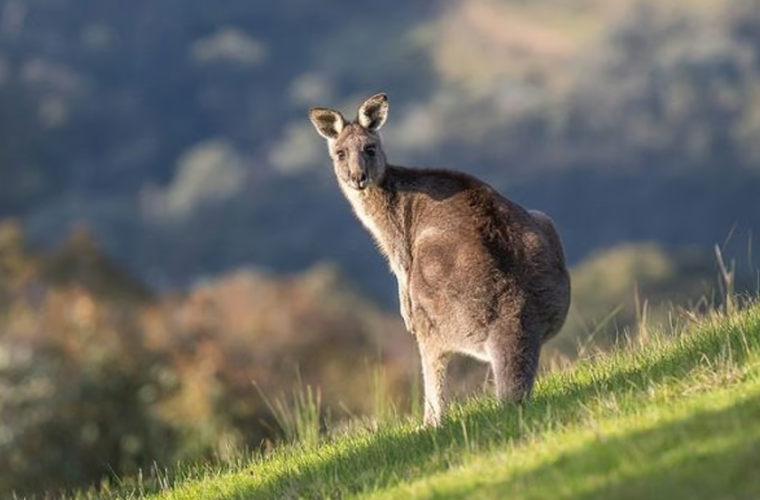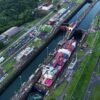Australian-based scientists said Thursday they had produced the world’s first kangaroo embryo through in vitro fertilisation, hailing it as a key step towards saving marsupials that are endangered.
The University of Queensland-led team said it employed the technique on eastern grey kangaroos — which number in the millions — with the aim of eventually using IVF for scarcer marsupials.
“Australia is home to the greatest diversity of marsupial fauna on the planet but it also has the highest mammal extinction rate,” lead researcher Andres Gambini said in a statement.
“Our ultimate goal is to support the preservation of endangered marsupial species like koalas, Tasmanian devils, northern hairy-nosed wombats and Leadbeater’s possums.”
Scientists produced the embryos by a technique that involves injecting a single sperm directly into a mature egg.
“Because eastern grey kangaroos are overabundant, we collected their eggs and sperm for use as a model to adapt the embryo technologies already applied to domestic animals and humans,” Gambini said.
“We are now refining techniques to collect, culture and preserve marsupial eggs and sperm.”
With the right collaboration, funding and technical advancements, an IVF-assisted marsupial birth might be possible within a decade, the researcher said.
Overall kangaroo numbers fluctuate between 30 million and 60 million in Australia, and they are frequently culled to keep populations in check.
The animals have a “boom and bust” population cycle — when fodder is plentiful on the back of a good wet season, their numbers can balloon by tens of millions.
But some other marsupial populations are far more precarious.
It is estimated that only 20,000 to 50,000 Tasmanian devils still live in the wild, for example, down from as many as 150,000 before a mysterious, facial tumour disease first struck in the mid-1990s.
The kangaroo IVF research was published in the peer-reviewed journal Reproductive, Fertility and Development.





